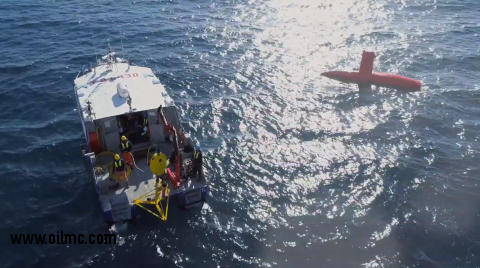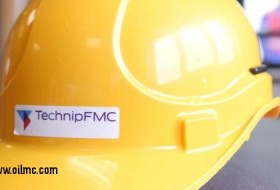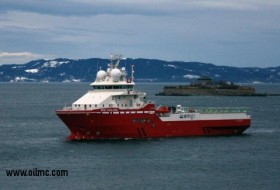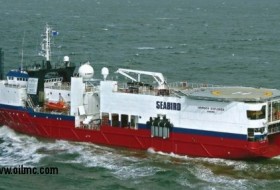Combining Forssea’s Atoll, an observation-class ROV that offers autonomous docking capabilities, with iXblue’s DriX offshore going unmanned surface vessel (USV) and its Gaps USBL embedded gondola, both companies are now offering a new method of LBL transponders array deployment and calibration.
Gautier Dreyfus, Forssea CEO, said: “Both our companies are very dynamic and strive to come up with innovative solutions that challenge how traditional operations are being conducted. By combining our complementary approaches, we have come up with a revolutionary solution that will bring down operational costs while offering more flexibility to our customers.”

This new solution uses Forssea’s Atoll light-size autonomous docking system, designed to deploy and recover loads (up to 1 ton) from light opportunity offshore vessels, combined with iXblue’s DriX, USV. Using iXblue’s launch and recovery system and advanced autodocking capability, DriX can be deployed from any lifting device in sea states up to level 3. Thanks to its embedded Gaps pre-calibrated INS and USBL acoustic system, this new solution is said to provide flexible, robust and highly accurate calibration to offshore companies.
According to iXblue and Forssea, this combination does not require heavy logistical support and provides up to 70% savings compared to traditional methods. Stored into containers, all assets can be easily shipped to any operation in the world at very short notice and can be used from any light opportunity vessel equipped with a crane and with reduced crew onboard.
“From an operational point of view, using iXblue’s DriX with its Gaps USBL gondola combined with Atoll from Forssea, offers companies big cost savings opportunities,” explains, Régis Mortier, technical expert and former Kaombo survey manager. “For instance, in the case of an LBL deployment, one could use a PSV instead of using an LCV which makes a big difference. With this new combined solution, Forssea and iXblue are truly shaking up conventional subsea operations.”




